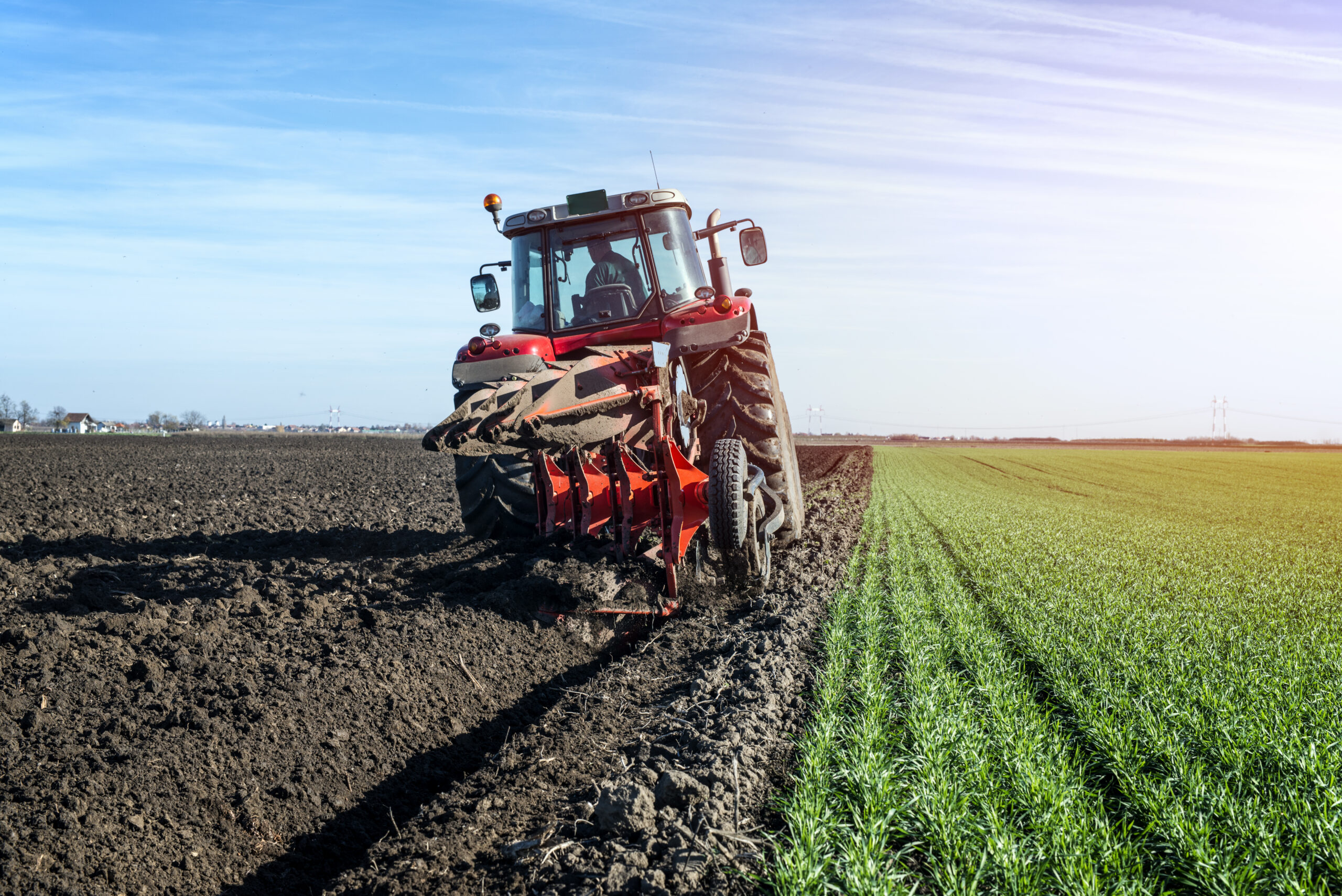Introduction:
As the global population continues to grow, the pressure on our agricultural systems is increasing, challenging our ability to produce enough food sustainably. Traditional farming practices often require vast expanses of land, leading to deforestation, soil degradation, and other environmental problems. In response to these challenges, a promising and innovative approach known as multi-story agriculture is emerging as a solution. In this article, we will explore the concept of multi-story agriculture and how it can unlock the potential for more sustainable, efficient, and productive farming.
What is Multi-Story Agriculture?
Multi-story agriculture, also referred to as vertical farming or stacked farming, is an innovative farming system that utilizes vertical space to grow crops in multiple layers or tiers. Unlike traditional farming, which relies on expansive horizontal fields, multi-story agriculture involves stacking plants on top of each other in controlled environments. This approach can be implemented indoors, in greenhouses, or even in urban settings, making it a versatile solution to address various agricultural challenges.
Maximizing Land Use Efficiency:
One of the primary advantages of multi-story agriculture is its ability to maximize land use efficiency. Traditional farming methods require extensive land, often leading to deforestation and habitat destruction. Multi-story agriculture, on the other hand, allows farmers to grow crops vertically, reducing the need for extensive land areas. This is particularly valuable in densely populated urban areas with limited agricultural land. Vertical farms can be built in unused or underutilized urban spaces, such as warehouses, skyscrapers, or abandoned factories, effectively converting them into productive agricultural areas.
Year-Round Crop Production:
Multi-story agriculture also offers the possibility of year-round crop production. By controlling environmental factors such as temperature, humidity, and light, farmers can create ideal crop-growing conditions regardless of the external climate. This means that multi-story farms can produce crops continuously, reducing traditional agriculture’s seasonal fluctuations and vulnerabilities. Moreover, it enables cultivating crops that would not thrive in certain regions due to extreme weather conditions.
Reduced Resource Consumption:
Traditional farming consumes significant resources, including water, pesticides, and fertilizers. Multi-story agriculture allows precise control of these resources, minimizing waste and environmental impact. For example, water in vertical farms can be recirculated and reused, reducing water consumption compared to conventional farming. The controlled environment also reduces the need for chemical pesticides, as pests can be managed through integrated pest management techniques and biological controls. Additionally, nutrient solutions can be precisely delivered to plants, minimizing fertilizer use and nutrient runoff.
Decreased Transportation Costs and Emissions:
Traditional agriculture often involves the transportation of crops over long distances from rural areas to urban centres. This transportation contributes to greenhouse gas emissions and food waste. Multi-story agriculture can be integrated into metropolitan areas, bringing food production closer to consumers. This reduces the need for long-distance transportation, leading to decreased emissions and fresher, more nutritious produce. Furthermore, the shorter supply chains associated with vertical farming can enhance food security by reducing the vulnerability to disruptions in transportation networks.
Sustainability and Environmental Benefits:
Multi-story agriculture aligns well with sustainable farming practices. Its controlled environments reduce the risk of soil erosion, degradation, and habitat destruction. Moreover, it can significantly reduce the need for chemical inputs, making it more environmentally friendly. Vertical farms can also adopt renewable energy sources, such as solar panels and wind turbines, to power their operations, reducing their carbon footprint. Multi-story agriculture contributes to a more sustainable and resilient agricultural system by minimizing resource consumption and environmental impact.
Challenges and Considerations:
While multi-story agriculture offers numerous advantages, it also faces challenges and considerations. Initial setup costs can be high, including infrastructure, technology, and energy-efficient systems investments. Energy consumption, especially for indoor vertical farms, remains a concern, although advancements in LED lighting and energy-efficient HVAC systems are helping to address this issue. Crop selection and system optimization are essential for maximizing efficiency and profitability in multi-story farming.
Conclusion:
Multi-story agriculture represents a revolutionary shift in the way we grow food. By maximizing land use efficiency, reducing resource consumption, and minimizing environmental impact, multi-story agriculture offers a path to a more sustainable and resilient agricultural system. It addresses many challenges traditional farming practices pose, such as land scarcity, climate variability, and transportation emissions. As we face the growing need to feed a growing global population while mitigating the environmental impacts of agriculture, multi-story agriculture stands out as a promising solution that unlocks the potential for a more sustainable and efficient future in farming.
